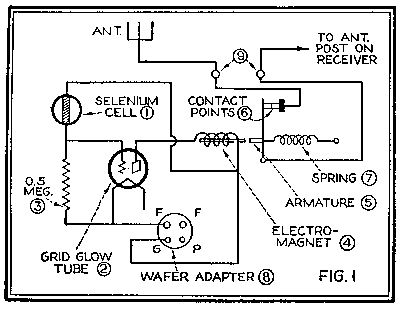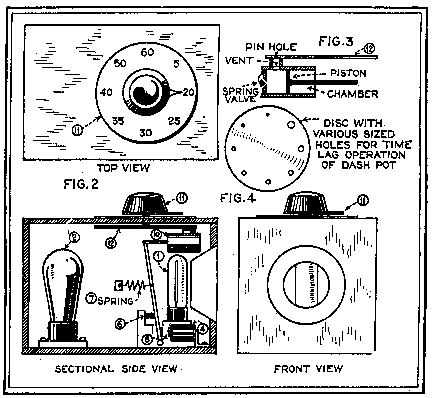 |
| Cast a beam of light on this device and presto! the announcer who over your radio has been setting forth at length upon the merits of this and that can be squelched effectively. A selenium cell is caused to operate a glow tube which in turn actuates a time lag contact breaker in the antenna circuit. Thus nauseating advertising blurbs are painlessly deleted from your enjoyment of otherwise fine programs |


